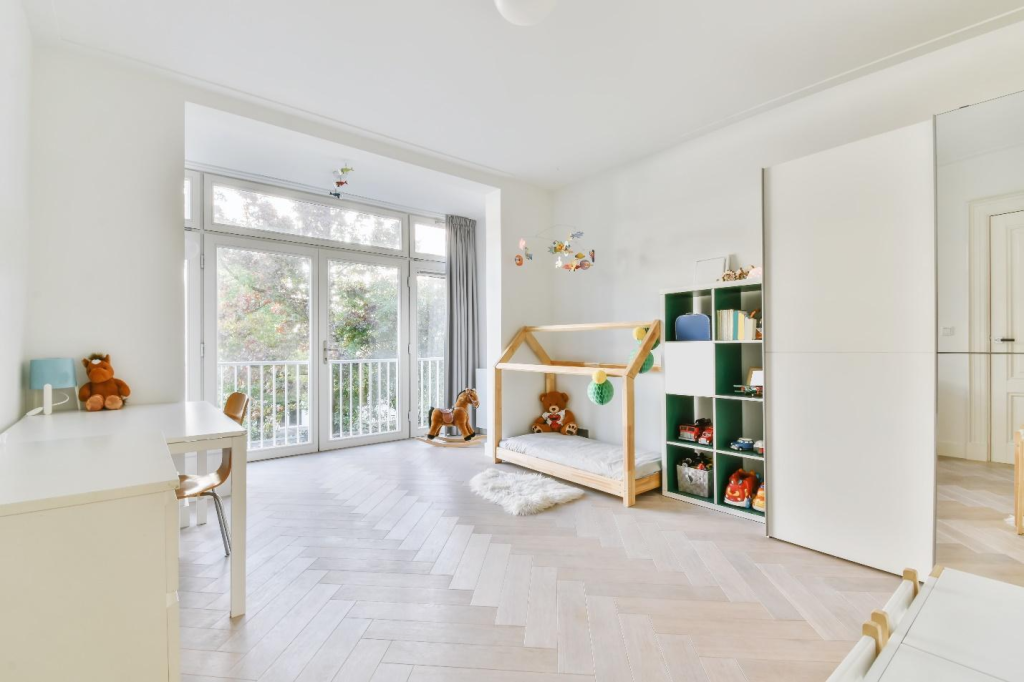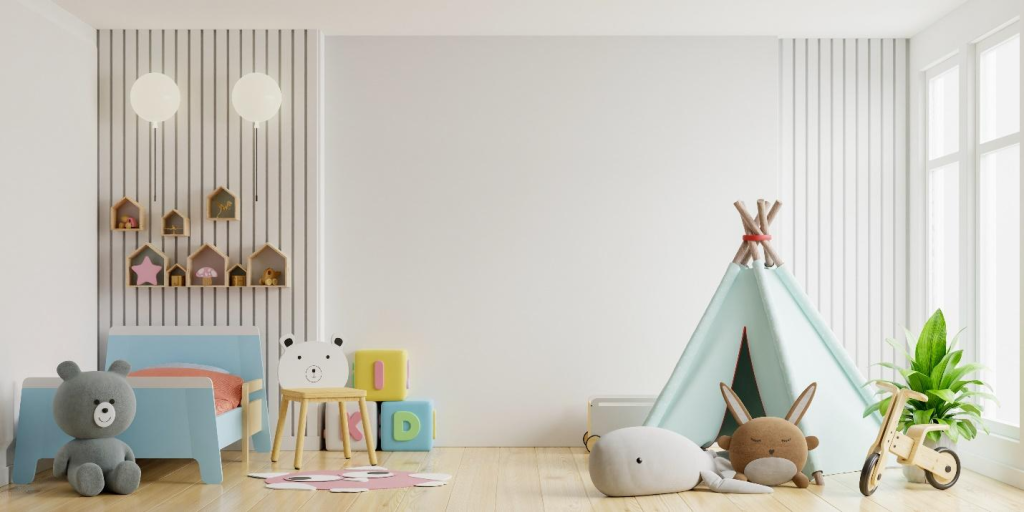
Designing Playful Learning Spaces at Home
Learning as they play is a child’s superpower, and you want to encourage and support them in developing this skill. How you do that can be quite simple. All you need is some planning and furniture pieces that will inspire creativity and help your child’s mind to blossom.
Designing playful learning spaces at your home doesn’t have to be hard. Here are some easy tips and hacks that you can incorporate into your place.
Organize the Space Optimally
Children need to explore, and easy access to toys and books is highly beneficial to them. This does not mean that rooms should be messy, but with the right storage, such as open shelves and easy-to-use bins, kids can feel independent and in control of their learning experience.
The bedroom or play area should be easy to navigate with good lighting and ventilation. The ideal would be a separate room for play, but that may not always be possible. Create play areas in any unused spaces in the home, such as a nook under the stairs or a corner of the living room.

Utilize All the Rooms
Although a designated space is best, we should allow kids to explore all parts of the home as long as they are safe and supervised. Create cozy nooks within rooms with a comfy chair and table, or a personalized space, such as a The Khush Reading Corner. Place sofas and bookshelves near windows to catch natural light.
If you have a garden or balcony area, decorate these with rugs, chairs, and plants to inspire kids’ creativity.
Multifunctional Spaces are best
Ensure that play areas are multifunctional, allowing for various types of games and activities. Some games will stimulate the imagination and creativity, such as painting or building things, as will pretend play, where kids imitate adults and play at cooking, cleaning, or going to the store.
All these activities stimulate a child’s imagination and help shape their personality.

The Importance of Pretend Play
Pretend play is an essential aspect of your child’s development. The best part is that it can take place in any room of the house. While you’re making dinner, give your child a few utensils and a space so they can pretend to cook as well. If your child dreams of being a chef, invest in a kitchen set that will inspire them even more. These sets are designed with realistic details and functional parts.
If your child loves cleaning up more than cooking, hand them a dish cloth and let them help you dry dishes or pretend to. Sharing tasks is a great way to engage your kids and make them feel grown-up and in control of their time.
Play it Safe
When it comes to planning play areas, a number of safety considerations must be taken into account. These include keeping sharp objects and chemicals such as detergents out of reach to prevent injuries to children. Keep containers with cleaning products and medicines out of reach and up and away. Also, make sure to cover all power outlets and keep wiring concealed where possible, as children are naturally curious, which can lead to electrical mishaps.

Designing playful learning spaces at home is a cinch with a bit of planning. Whether you have a separate playroom or only a shared area, utilize the space creatively. Give your children enough space to explore, learn, and play at their own pace and help them develop into problem-solvers and innovators. Invest in quality furniture pieces that can last for many years to optimize your budget and increase sustainability.
FAQS
Can I create a play area for kids even with a limited space?
If you live in an apartment or a portion, you can use rooms for different activities at varying times. Unused nooks and corners can be turned into play areas. If you have extra space, consider adding a small table or utilizing the balcony for playtime. Just ensure that electrical points are covered and there are no jagged edges or fragile decorations in the space.
Are there multi-use furniture pieces available for children?
Many retailers stock a range of multi-use furniture for children. These include beds with built-in storage, tables, and chairs that can be put away. Do your research to get the ones best suited to your home.
Can I use storage units creatively to divide up my living room?
Yes, storage units can effectively be used to section off parts of your living room. You can create a play and study area, or an activity corner, with simple dividers, such as a shelf.
You can also use storage units, such as cabinets or shelving, to create a screen across a cozy corner or to divide a room shared by siblings, creating a sense of privacy.

